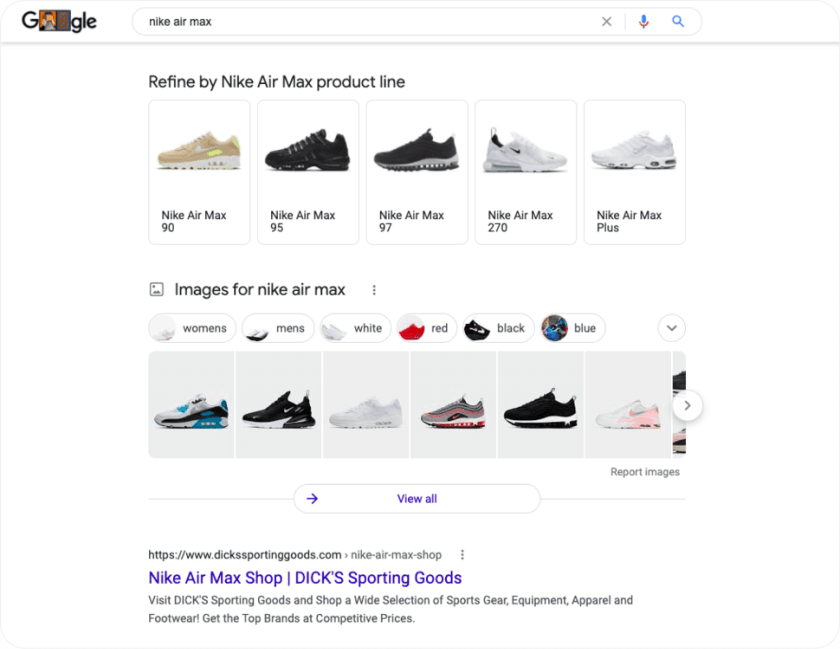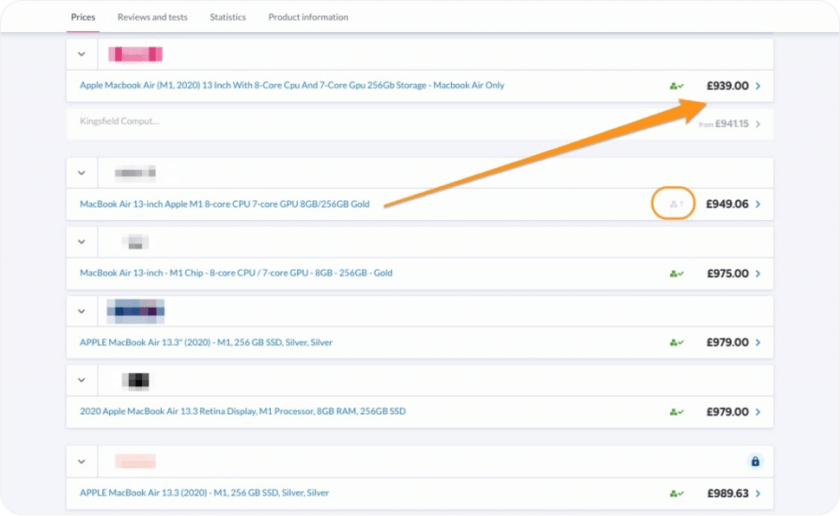How to send personalized discount emails to build customer loyalty
 Christopher Lowe
Christopher Lowe
May 18, 2021
 Christopher Lowe
Christopher Lowe
May 18, 2021
 Christopher Lowe
Christopher Lowe
May 18, 2021
 Christopher Lowe
Christopher Lowe
May 18, 2021
How many promotional emails do you get every day? And among that pile, how many of them do you open? It’s really hard to make the way you communicate stand out. But it’s what shoppers expect from you. If you want to build a good relationship with your customers, you really have to put some effort into finding out what really interests them. And there’s a proven way to do that. Reading this blog, you’ll learn why personalized discount email campaigns can help you get to know your customers better and build close relationships. Let’s dive in!
3 reasons why personalized discount emails rock
How to build a one-to-one email campaign
Parting words
How many promotional emails do you get every day? And among that pile, how many of them do you open?
It’s really hard to make the way you communicate stand out. But it’s what shoppers expect from you.
If you want to build a good relationship with your customers, you really have to put some effort into finding out what really interests them. And there’s a proven way to do that.
Reading this blog, you’ll learn why personalized discount email campaigns can help you get to know your customers better and build close relationships.
Let’s dive in!
It’s 2021, and there are alternatives for almost anything you can imagine. That’s why before buying a relatively expensive item, most of us Google it. We want to see different pricing and shipping options, colors, sizes. We’re not always sure about how much storage we need, or if we want to upgrade or not.

Now that we’re spending ridiculous amounts of time at home, we’re even more open to trying new products and services—sometimes just to kill a bit of time.
A 2021 McKinsey study found 44% of millennials and Gen Z have tried a new brand in the past year—and brand switching doubled compared to 2019.
What do you think all of this means for your business?
Well, it means you need to work on differentiating yourself even harder now—considering how many businesses moved online in 2020—but also that shoppers are less loyal to familiar brands and more open to new ones, so you have a greater chance to build new relationships.
Personalized discounts can help you nail that at the minimum cost and prevent existing customers from switching to another brand.
Personalized campaigns are much more effective than generic ones. That’s how targeting works. The larger your audience, the less targeted your campaign will be.
Dr. Daqing Zhao, former Director of Advanced Analytics at Macy’s, talks about this in his paper Frontiers of Big Data Business Analytics:
“In 1999, I led the analytics project to help the e-commerce site wine.com develop a one- to- one e-mail program.”, he says. “We were able to get purchase and product data, as well as e-mail behavioral data.”
Zhao and colleagues built an algorithm at the time using purchase, product, and email behavioral data, and tested it against static recommendations.
The results were encouraging:
“The one-to-one e-mails using these algorithms increased revenue up to 300 percent relative to the control cell. The program performed by 40 per-cent over more than a two- year period.”
And that was back in 1999. Today, algorithms are much smarter—with better predictive capabilities—, and you don’t have to build one on your own. There are great tools that’ll help you store and use customer data, and offer personalized recommendations and deals.
One great advantage of personalization is that it relieves you from the burden of store-wide discounts.
Blanket discounts are enticing, no doubt. But they cost a lot.
Offering 50% off store-wide would definitely drive some traffic to your store. What’s challenging is building a lasting relationship with those visitors and maximizing their lifetime value along the way. That’s why it’s hard to assess whether generic campaigns succeed.
With a one-to-one campaign, you’re reducing your costs drastically, and sending a more relevant message. More importantly, you easily track the ROI.
Accenture found that 91% of shoppers say they’re more likely to shop with brands that remember their interests and preferences and offer relevant deals and recommendations.
Not surprised, are you?
We’ve all got so used to seeing truly relevant recommendations on streaming platforms, we’re easily annoyed when we come across a poor one. What’s worse than a long-awaited Discover Weekly failing to meet your expectations, right?
With a personalized discount campaign, you’re showing your customers that you care about their interests and needs.
In the long run, you’ll even add to that personal-level communication, because 86% of consumers say they’re willing to share relevant information in return for personalized discounts.
So, how do you offer your customers personalized discounts?
When you don’t monitor your competitors, this happens:
Or this:

In both cases, you’re making a mistake.
In the first case, you’re selling much less than you actually can. Losing sales is a problem in itself, but you’ll face a more serious one if you’re consistently more expensive than others.
A Google survey found 87% of shoppers say knowing they get a good deal is important when choosing a brand or store.
Because from a shopper’s perspective, you’re among countless stores selling the exact same thing. Why should they pay you an extra £150?
And it’s one thing to be on the expensive side every once in a while—e.g. when competitors have a cost advantage—but how can you possibly justify being expensive in every category?
In the second scenario—where you’re much cheaper than the cheapest competitor—you’re leaving too much money on the table.
Why give up on £30 per unit? Especially in a competitive market where literally no one gets fat profit margins? Notice that the second cheapest store is out of stock. Stock availability information is also incredibly useful in such cases.
So in short, gather pricing intelligence. You’ll need it to improve your business’ profitability. And besides, you’ll use it in building a personalized email campaign. But why?
Well, how can you know that the deal you’re offering is enticing, if you don’t know about others’ deals? Using pricing intelligence, you can position yourself wherever you want.
Customer data is a treasure trove of information when you want to build long-lasting customer relationships.
Customer data can help you find out:
What type of data do you need from your site?
Let’s turn back to the wine.com example. Dr. Zhao’s team at the time found out that purchase data stood out among others in its predictive capabilities.
In a world where we see 4,000 to 10,000 ads every day, it’s vital that you leverage purchase data because you can only stand out from the crowd by delivering to shoppers exactly what they need. How they behaved in the past tells you a lot about their future behavior.
Now, here’s what you know so far:
How do you merge these isolated bits of information into a meaningful whole?
First, integrate your price tracking software into your email marketing software. Doing so will help you grab opportunities.
For instance, if a shopper is interested in a certain product, notify them when the price drops. Unlike most of the promotional email campaigns, price drop emails are incredibly useful for people—especially for those bargain hunters.
People already use tools like Honey that do the same job, and you’ll benefit directly from offering this service to your customers.
Then send personalized discount emails—a promo code they can use on products they’ve shown interest in, at the right time, with the correct messaging.
Remember, purchase data is the most reliable source you have.
Here’s what you need to know about e-commerce: shoppers have endless options. Try your best to give them what they want and need. Show them you care about their preferences and motivations.
In the short run, this’ll help you boost sales and engagement.
But after a while, it’ll make shoppers want to come back to your store over and over. And in time, it’ll definitely help you build good relationships with them.

Written by
Christopher Lowe
Christopher has a long history of driving value and creating personalized, omnichannel journeys that enhance customer experience. He's passionate about learning and development and has a keen interest in developing economies, especially ones with a lot of room for digital growth.